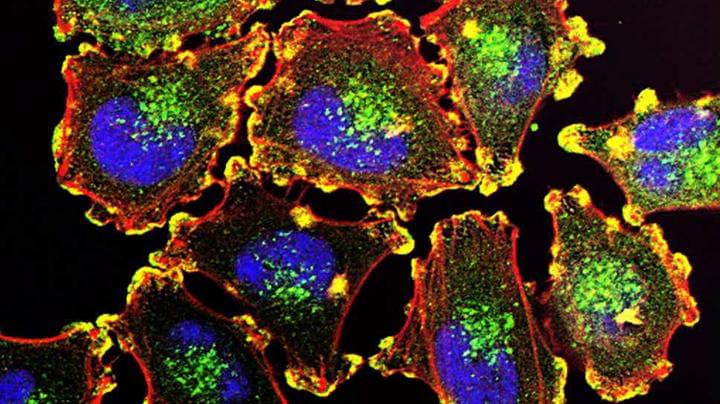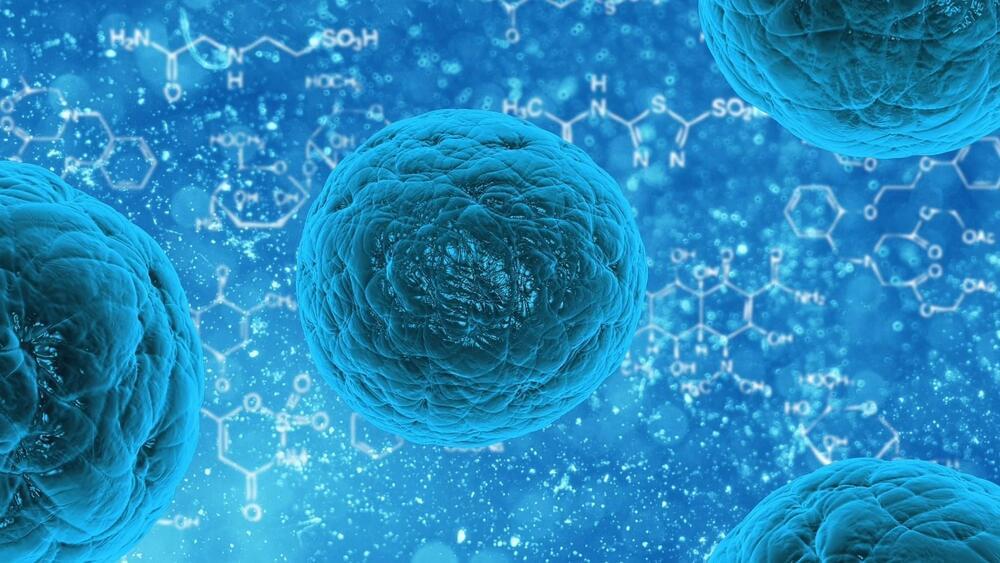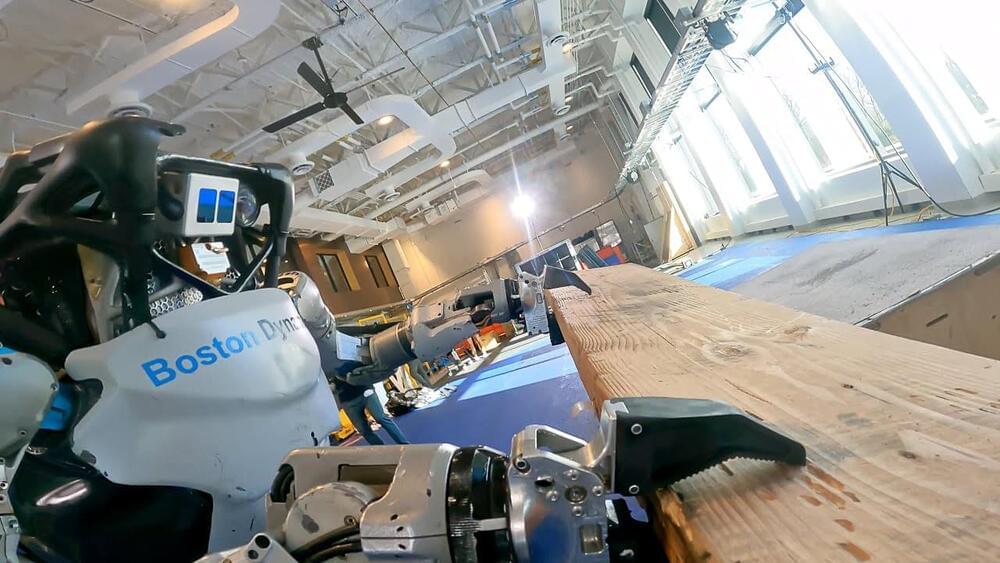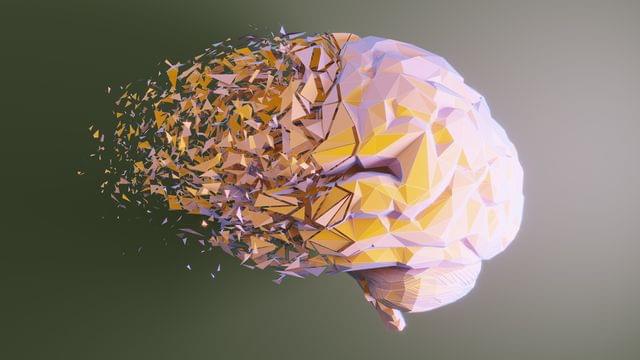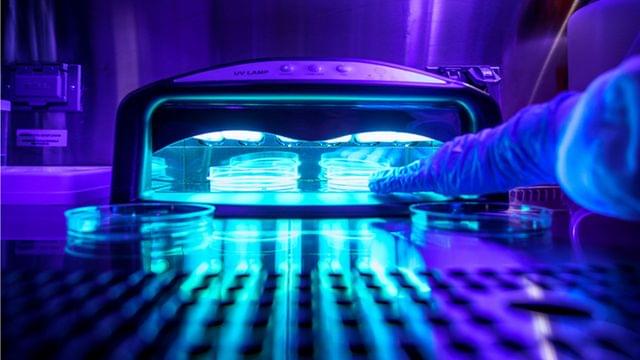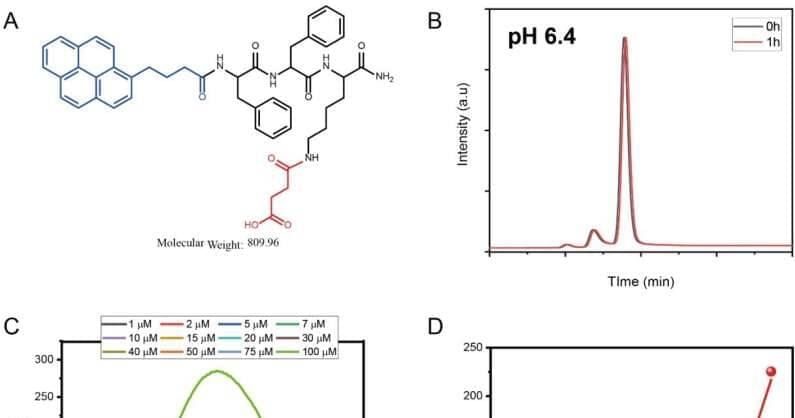Jan 21, 2023
Preventative drug shown to stop spread of cancer as study on mice finds ‘90% effectiveness’
Posted by Paul Battista in category: biotech/medical
Metastasisation — the spreading of cancer cells from the primary tumour into surrounding body tissues and organs — is the leading cause of death in cancer patients. Now a new study has found a potential way to stop these cancer cells from entering a person’s blood. Scientists from Israel are working to produce the world’s first preventative drug to help stop tumours that cause secondary cancer, as reported byThe Times of Israel.
